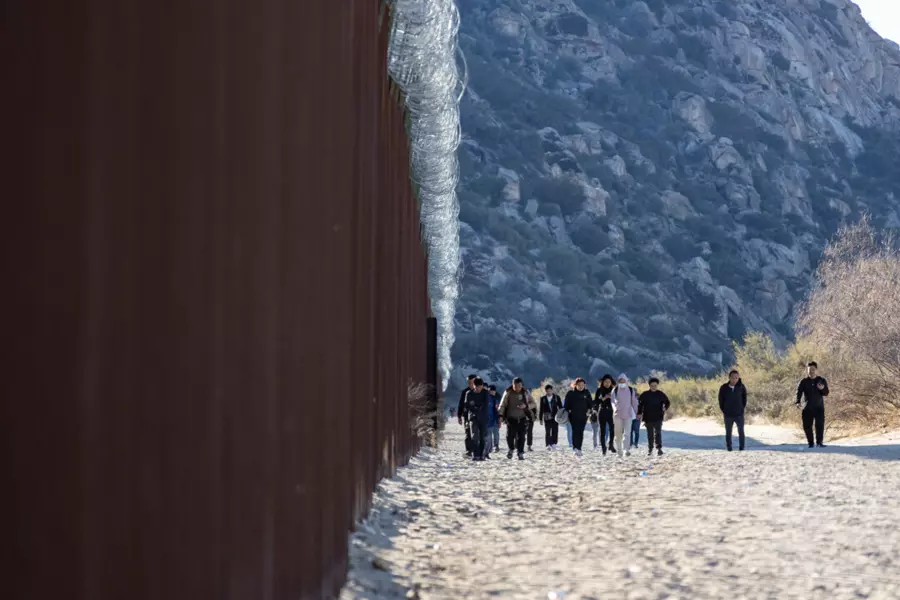Title: The Dangerous Loopholes in U.S. Border Control and their Consequences on National Security.
Over the past two years, I have had the opportunity to visit the border in multiple states across the United States, including Arizona, California, New York, and Texas. On these visits, I have observed nationals from various countries being apprehended by the Border Patrol, which raises concerns about the current state of U.S. immigration law and national security.
Mass releases of individuals who have entered the country unlawfully occur daily, with multiple instances occurring at several locations across the border. This situation is a mockery of U.S. immigration law and sovereignty at best, and at worst, it presents significant risks to both national security and community safety. The individuals being released into the United States include those connected to the Chinese Communist Party (CCP), People’s Liberation Army (PLA), and other state entities. It is also likely that DHS has been releasing individuals with criminal records.
In January 2021, Border Patrol encountered 17 Chinese aliens between ports of entry. This number increased dramatically to 3,700 by January 2024 alone. As of April 30, the Department of Homeland Security (DHS) had already encountered a total of 48,501 inadmissible Chinese aliens during fiscal year 2024 (which began on October 1, 2023), with 27,583 of them found between ports of entry.
Nearly all of these individuals are being released into an asylum process that will take years to conclude. At the end of this process, those ordered for removal are highly unlikely to be deported due to the Chinese government’s refusal to accept their nationals back. In fiscal year 2023, Immigration and Customs Enforcement (ICE) removed only 288 Chinese aliens, leaving as many as 100,000 still in the United States despite final orders of removal.
Most Chinese individuals entering the country illegally are seeking employment opportunities and use asylum claims to enter, remain, and work within the United States. Illegal immigration ebbs and flows depending on an individual’s perceived risk-reward calculation. Today, Chinese nationals are coming in great numbers simply because they can. The widespread awareness of the United States’ open border, facilitated by social media, demonstrates how this can happen.
For instance, Chinese citizens do not need a visa to fly to countries such as Mexico or Ecuador. From there, they can easily enter the United States through various entry points along the southern border. However, once inside the country, the process for dealing with inadmissible Chinese aliens has been significantly reduced from 40 standard questions to just five. This change relies on trusting that these individuals are providing accurate information about their identities and backgrounds.
Customs and Border Protection (CBP) agents report that China often ignores U.S. requests for verification of nationality, and they have been known to hide records of criminal and corruption cases. DHS typically releases most aliens caught at the border with a Notice to Appear in immigration court at some point in the future. Once released, these individuals are free to go wherever they want, making it difficult for ICE to track them down.
Currently, there are over 6 million aliens on ICE’s Non-Detained Docket, with only about 184,000 being tracked using Alternatives to Detention (ATD. These methods involve passive ways of tracking individuals, such as having the alien check in with ICE by phone every day. Only 2 percent of aliens tracked through ATD have actual GPS monitors on them.
To address this dangerous loophole, the United States needs to re-implement agreements with Mexico and Northern Triangle countries of Central America so that inadmissible aliens are not released into the interior of the country while their asylum cases are being decided. Instead, they should remain in those countries until a final decision has been made on their applications (the majority of which will ultimately be rejected.
The United States must also find ways to remove individuals who are ineligible to enter or remain in the country. If this is not done, the rule of law that has made the country so attractive for so many immigrants may eventually need to be abandoned.

